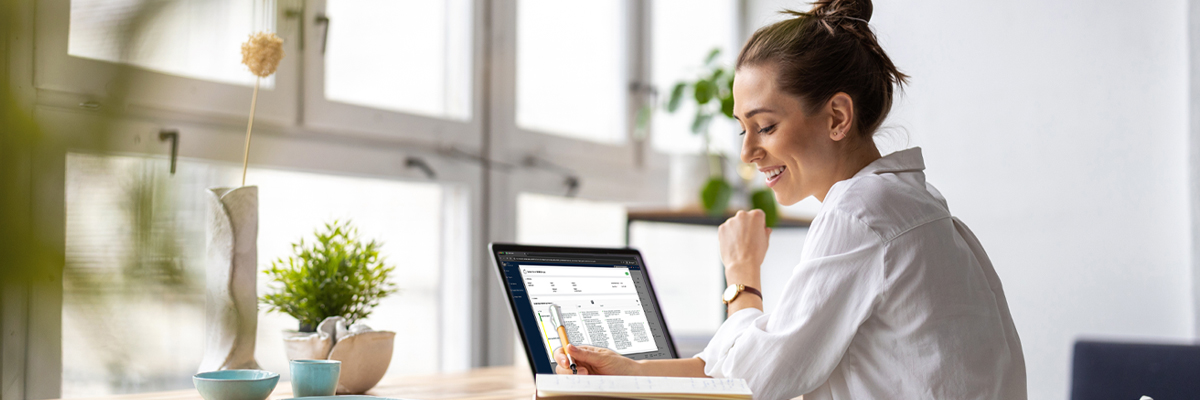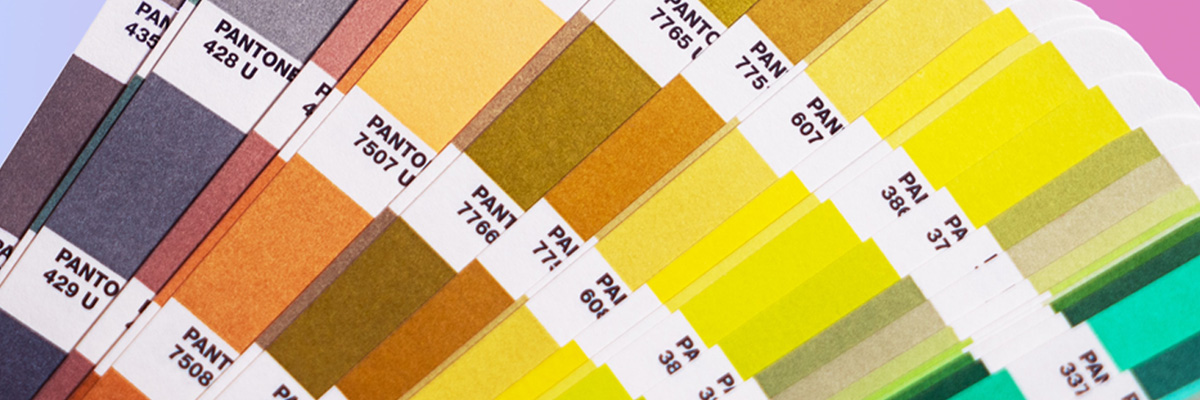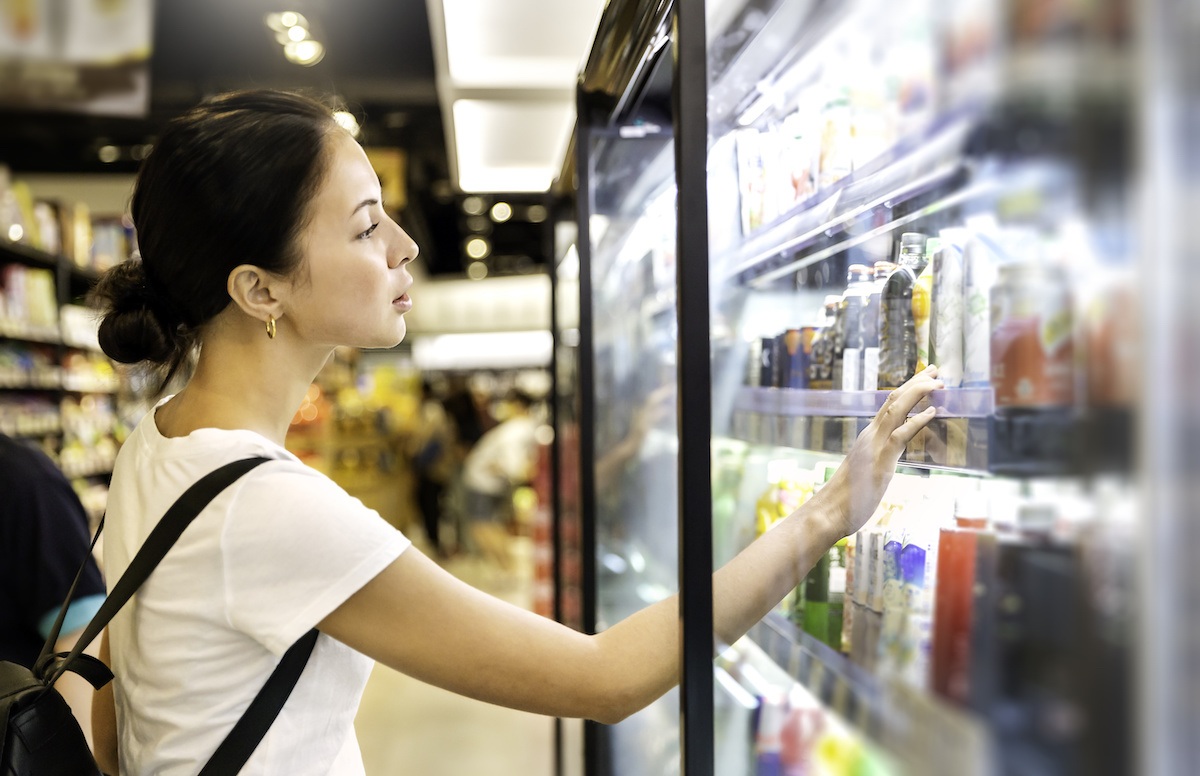Paying attention to the psychology that drives consumer decision making is critical in food and beverage packaging. Understanding shoppers’ expectations not only helps fuel innovative product designs with strong value propositions but informs marketers and brand leaders how consumers want to receive products. Without this, brands lose out on revenue opportunities.
To understand what consumers want from food and beverage packaging, we asked:
- What is most important to them, both emotionally and functionally?
- How do they feel about the packaging of products they are going to consume?
- What types of food and beverages do they buy online?
- How does the physical package relate to their online purchase experience?
- What can consumer packaged goods (CPG) professionals learn from the findings of this study?
In times of turmoil, people crave things they find trustworthy, such as consistent experiences with their favorite brands. Shoppers agreed that when they use their favorite brand product, they enjoy a sense of well-being (51%), or they feel secure (51%). This most basic Maslowian need for safety, coupled with their contrasting lesser interest in brands that would help them stand out or shape their identity are evidence of the need for stability. Only 15% reported that their favorite brand provided a sense of thrill and only 12% said it helped them to stand out from the crowd.
What do consumers trust about packaging?
Shoppers know that the ingredients listed on food and beverage packages are regulated by government organizations. Therefore, the ingredients are considered the most trusted information on the package (74% in favor of ingredients, and 71% for the brand). This also means shoppers trust the back label slightly more than the front label, which is dominated by marketing.
Consumers are also significantly interested in the importance of the information disclosed on the packaging. Shoppers trust the objective data on the package: the expiration date, the ingredients, and nutrition facts. Shoppers rank information such as this above practical concerns and even more so than the brand itself. Their considerations are pragmatically ordered:
- Expiration date
- Ingredients and nutrition facts
- Size/weight, shape/form, material
- Logo/brand recognition
- Touch/feel, photos/imagery
Shoppers find packaging fun!
Shoppers report food and beverage packaging to be fun and engaging. Opening a package is an experience a shopper can repeat over and over. Shoppers most often associated “fun and engaging” with the products they spend their disposable income on, including:
- Beer & wine
- Ice cream, candy
- Juice
- Baby food
Not all packaging is particularly successful. Shoppers report disliking packaging they consider as “bulky” “heavy” and “plastic.” They also prominently associate words that convey poor- or low-quality packaging, such as “flimsy,” “ugly,” “cheap,” “dull” and “bland.”
Do shoppers really care about sustainability?
65% of shoppers surveyed are strongly influenced to support brands that share their values. Nowhere is this more clearly seen than in sustainability. According to our survey, shoppers are more likely to recycle than to reuse or repurpose. However, this does not mean they don’t want the company to create products capable of being so handled by others. In other words, don’t make it too hard for shoppers to do the right thing.
A picture is worth a thousand words
There is a strong relationship between shoppers’ digital behaviors and product packaging.
For example, many shoppers scan bar codes to add calories to their fitness or diet tracking programs or check themselves out at the retail store. They may also photograph product packaging for future use or to share on social media. Like it or not, consumerism today is inextricably linked to the visual. Obviously, “pretty” packaging is more likely to end up online than “ugly” packaging.
Packaging expectations in store and online
Twenty-two percent of shoppers said that they made a recommendation to a friend or colleague based on the package while they were in-store. Beyond peer recommendations, shoppers are looking at products on the shelf and searching online at the same time, for more information, better deals, reviews, etc. Brand leaders must make it easy for the consumer to quickly cross between physical and digital channels with their product (via QR codes in-store and consistent packaging images online) to help control the marketing narrative and promote sales.
People expect the online to mirror the offline shopping experience. They expect continuity of brand and product regardless of whether they are surfing on their mobile phones or cruising the store aisles. Sixty-one percent of people expect the product packaging they see online to be the same as what’s on the shelf in their local store. Furthermore, forty-seven percent of people expect the product image online to exactly match the product packaging that arrives on their doorstep.
As the adage goes, “you only have one chance to make a first impression.” Nowhere is this truer than in packaging. Consumers are smitten with and loyal to brands that “reach” them personally, where they work, where and how they live, and by what they value. Today’s brand leaders can ill-afford to not consider the psychology that drives consumers to their packaging.
Methodology
For this report, we conducted an online survey of shoppers who self-reported as primary shoppers of fast-moving consumer goods or who have shared shopping responsibilities. A random sampling was drawn from a list of approximately 4,004 shoppers; responses were obtained in the following settings: 2,001 people from North America, 1,000 from France, United Kingdom, Germany, and Spain, and 1,003 from China and Japan. Gender was split 47% male and 53% female. Age and income follow the bell curve of the United States 2016 Census.










